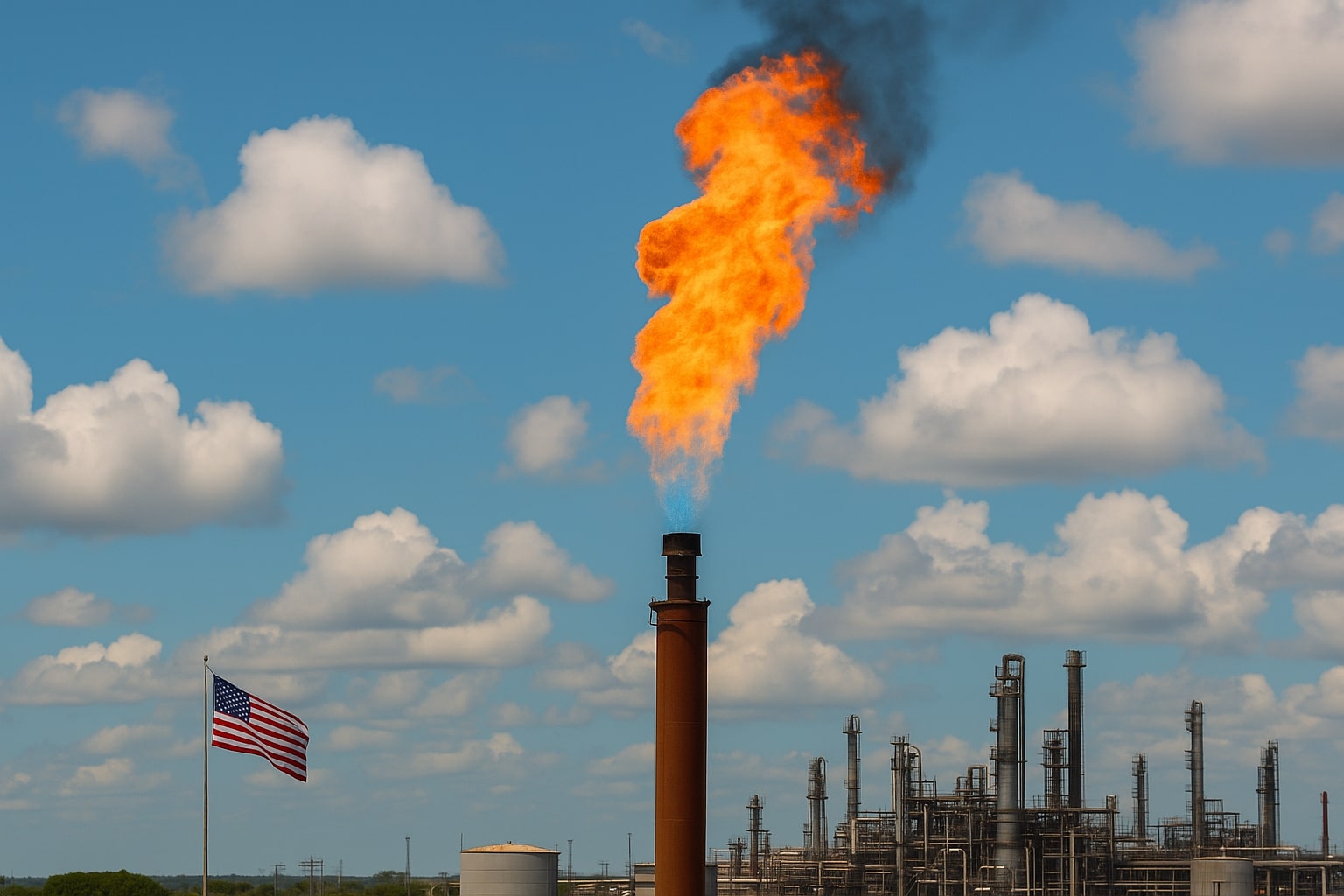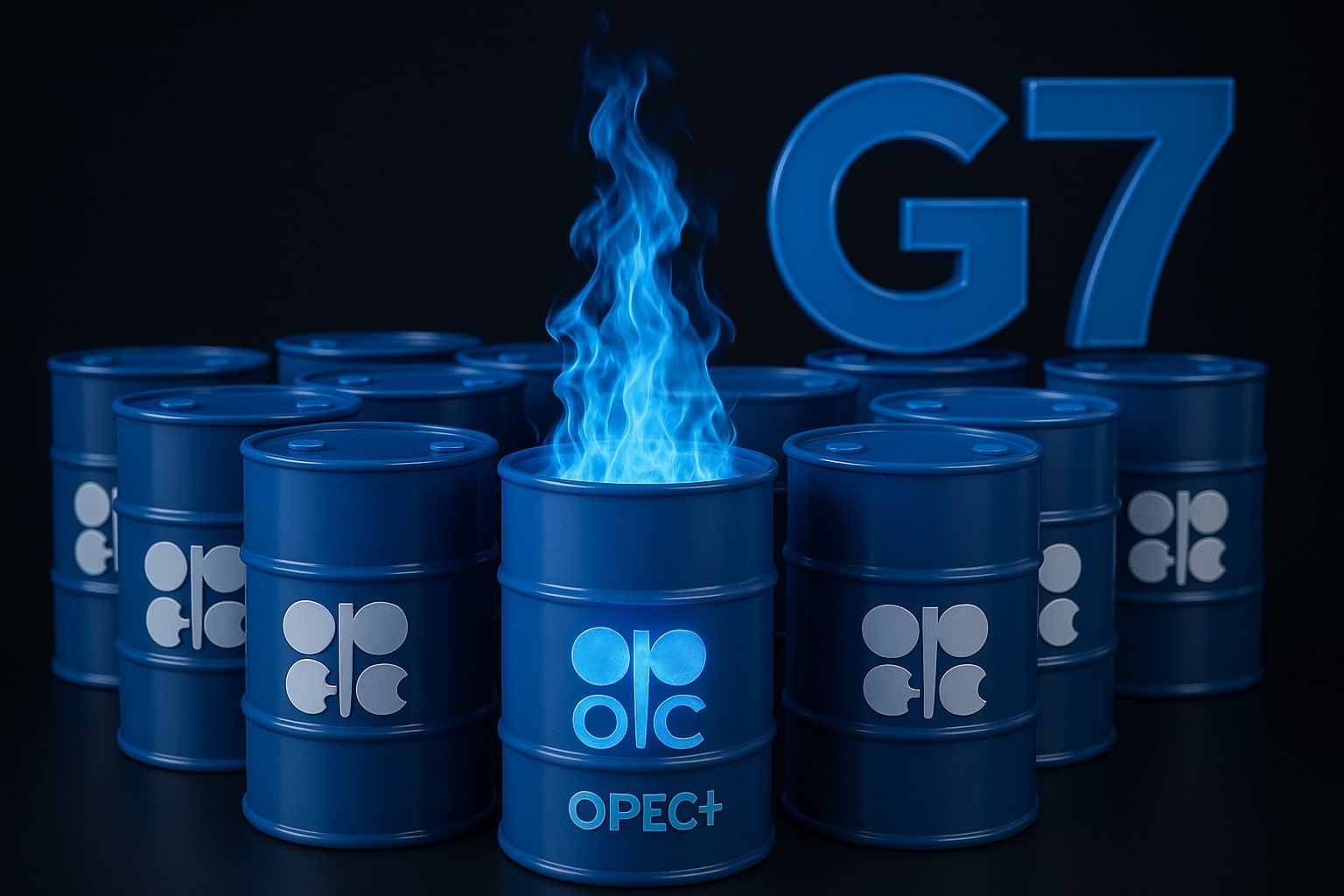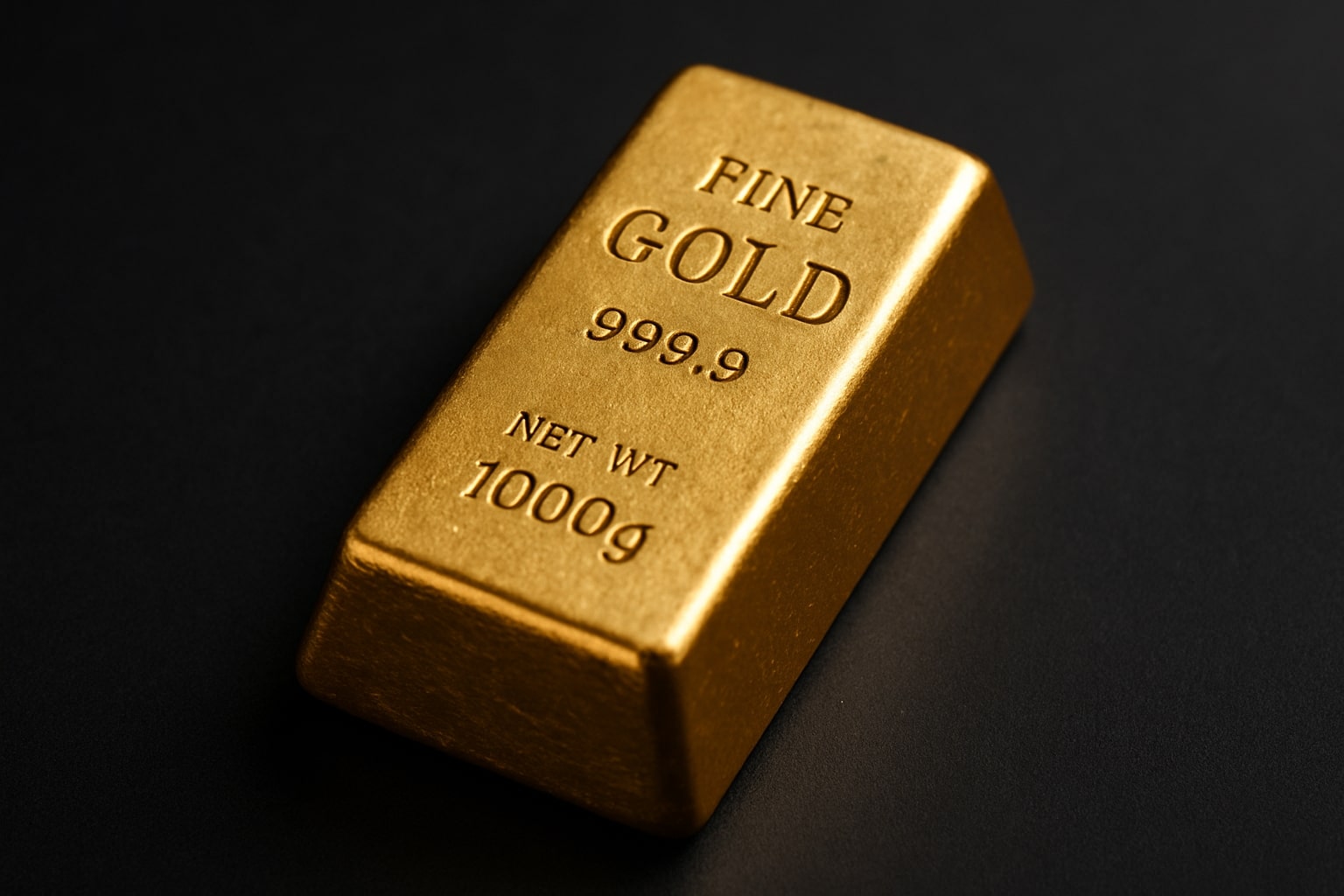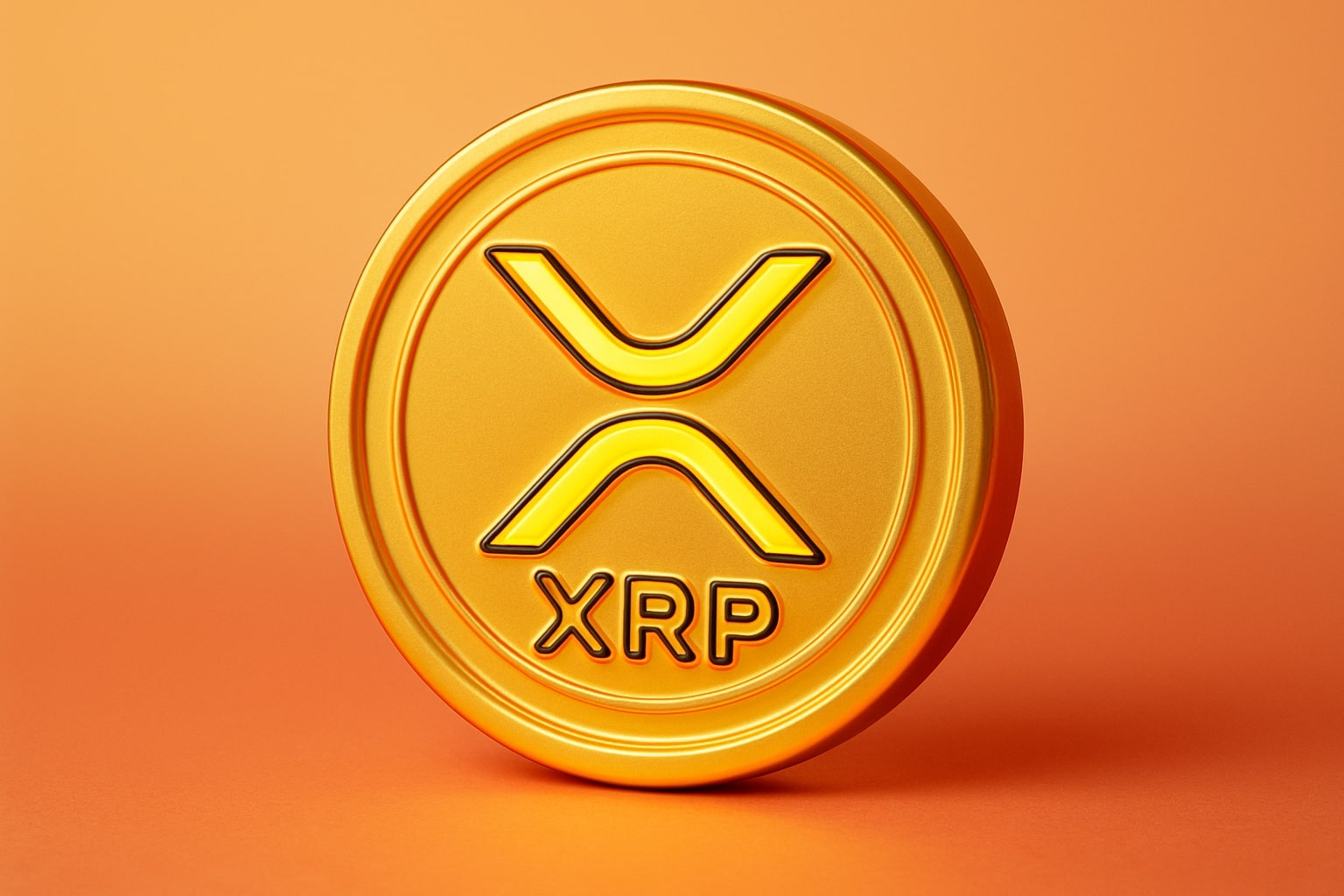
Natural Gas Price Futures Surge to $3.48 as Storage Miss, LNG Flows, and Early Cold Weather Drive Gains
EIA’s 53 Bcf injection lifts NG=F to 11-week highs; pipeline constraints at Waha, Berkshire’s $9.7B Oxy deal, and forecasts of $4.30 in 2026 add fuel to a bullish winter setup | That's TradingNEWS
Natural Gas (NG=F) Price Analysis: Futures Near $3.48 as Storage Build Miss, Weather Models, and LNG Demand Collide
Prompt-Month Futures Break Higher to $3.48/MMBtu
Natural gas futures (NG=F) are trading at $3.483/MMBtu, inching up 0.20% on Thursday, after a volatile week that saw prices swing between $3.29 and $3.60. The rally lifted front-month contracts to their highest since mid-July, with Wednesday’s settlement near $3.446 before today’s marginal gains. Technical traders had flagged $3.49/MMBtu as a resistance line; repeated failures there capped the upside. But with spot strength at Henry Hub and several citygate markets, the tone remains constructive.
EIA Storage Report Sparks 11-Week Highs
The U.S. Energy Information Administration (EIA) reported a 53 Bcf injection for the week ending Sept. 26, well below consensus estimates. Analysts had expected closer to 70 Bcf, and the smaller build instantly lifted futures to 11-week highs. The build also narrowed the surplus to the five-year average, shrinking the storage cushion heading into winter.
Traders note that this marks the third consecutive week of smaller-than-expected injections, suggesting that late-season cooling demand and weaker wind generation are already tightening balances. The miss amplified buying interest, with heavy volume pushing the November contract above $3.50 intraday before sellers capped the move.
Weather Models Hint at Early Heating Demand
Fresh weather model runs show colder conditions arriving earlier than forecast, with heating degree days expected to rise into mid-October. This supports demand just as U.S. households transition from cooling loads. EBW Analytics highlighted that part of the rally was also fueled by short covering, with funds that had been leaning bearish forced to unwind positions. This short squeeze effect pushed prices through technical ceilings, accelerating the run to $3.60/MMBtu.
Technical Landscape: Overbought but Still Bullish
The RSI on NG=F has climbed to 62, just below the overbought threshold of 70, signaling momentum but also caution. On the daily chart, prices already tested the top of the August trading channel. The September breakout from $3.065–$3.315 range pointed to an upside target of $3.645, which was reached this week. With that projection met, some analysts now anticipate a pullback toward $3.39 or $3.29, with the 200-day EMA anchored at $3.23 providing structural support.
Still, if buyers can finally secure a close above $3.49–$3.50, the market opens the path to $3.60–$3.70. Bulls also highlight the seasonal pattern: natural gas typically strengthens into winter, and rejection of deeper sell-offs so far suggests dips may remain shallow.
Government Shutdown Adds Uncertainty to Data Flow
The U.S. federal shutdown adds an unusual twist. Traders had feared a disruption to EIA reporting, but this week’s storage data was released on schedule. If future publications are delayed, the lack of official data could increase volatility. Market participants rely heavily on weekly injections/withdrawals to gauge supply-demand balance; without them, speculative flows may dominate.
Pipeline Disruptions and Regional Basis Swings
Pipeline quality issues at Waha and reduced receipts on Enbridge’s Valley Crossing line to Mexico continue to pressure regional spreads. Spot discounts in West Texas widened sharply, with Transwestern posting -$1.465 and El Paso Keystone Pool at -1.455 relative to benchmark hubs. Conversely, Algonquin Citygate in New England firmed to $0.315, reflecting early seasonal premiums in constrained markets. These dynamics underscore how regional constraints can both offset and amplify Henry Hub signals.
LNG Exports and International Market Context
The global LNG market remains oversupplied, with U.S. cargoes filling European storage at record pace. Analysts see only a remote chance of winter tightness given high inventories and freight rates sliding to seasonal lows. Still, long-term contracts continue to flow. Projects like Congo LNG’s second FLNG unit (Nguya) and U.S. Gulf expansions will increase global supply, anchoring medium-term bearish pressure beyond 2026.
At the same time, U.S. LNG demand remains steady, with multiple terminals operating at high capacity. This cushions domestic balances, particularly as Europe continues to rely on American cargoes to offset Russian pipeline losses.
Read More
-
TSMC Stock Price Forecast - TSM Surges Toward $500 on $33B Quarterly Revenue
07.12.2025 · TradingNEWS ArchiveStocks
-
XRP Price Forecast - Analysts See 70% Upside Potential as XRP-USD Holds $2.03
07.12.2025 · TradingNEWS ArchiveCrypto
-
Oil Price Forecast - Fed Outlook Shape Oil’s Path to $70 as Oil Hold Above $60
07.12.2025 · TradingNEWS ArchiveCommodities
-
Stock Market Today: IXIC and S&P 500 (INDEXSP:.INX) Push Toward Record Highs as AVGO, TSLA, and WMT Outperform
07.12.2025 · TradingNEWS ArchiveMarkets
-
GBP/USD Price Forecast - Pound Holds Above 1.33 as Fed-Cut Bets and UK PMI Strength Bolster Pound
07.12.2025 · TradingNEWS ArchiveForex
Production and Corporate Moves
Production remains near records. NGI’s ranking of Q2 2025 gas producers shows Expand Energy Corp. leading at 6,965 MMcf/d, followed by EQT at 5,873 MMcf/d and ExxonMobil at 3,313 MMcf/d. Total output from the top 30 operators reached 49,527 MMcf/d, up 2.3% quarter-over-quarter. The scale of U.S. output has kept a lid on runaway prices, even as demand rises.
M&A also reshapes the sector. Occidental Petroleum (OXY) sold its chemicals unit to Berkshire Hathaway for $9.7 billion, freeing $6.5B for debt reduction and strengthening its drilling profile. In power generation, NRG Energy secured state funding for a 721 MW natural gas plant in Texas, with $936 million in costs backed 60% by regulators. Such deals highlight how institutional capital — from Berkshire to utilities — continues to flow into natural gas infrastructure, reinforcing its long-term role in U.S. energy.
Forward Outlook and Valuation Metrics
EIA expects U.S. natural gas to average $3.70 in Q4 2025 and rise to $4.30 in 2026, with colder winters and steady LNG exports offsetting record output. The American Gas Association projects stronger winter demand than last year, pointing to heating loads in northern markets and expanded LNG flows as drivers.
Investors must also weigh insider sentiment: sovereign wealth funds and utilities are visibly positioning in long-term LNG capacity, suggesting institutional confidence in the structural demand story even as traders debate near-term pullbacks.
Verdict: Natural Gas (NG=F) — Buy the Dip
With front-month NG=F at $3.48, the market is technically overextended but structurally strong. Seasonal demand, a bullish storage miss, and persistent LNG flows argue for upside into $3.70–$3.80 by year-end. Risks remain from record output and oversupply in global LNG, but institutional positioning and state-backed infrastructure builds suggest natural gas remains a Buy on dips, rather than a Sell. Traders should monitor $3.29–$3.32 support as a tactical entry zone, with $3.70–$3.80 as near-term upside targets.



















